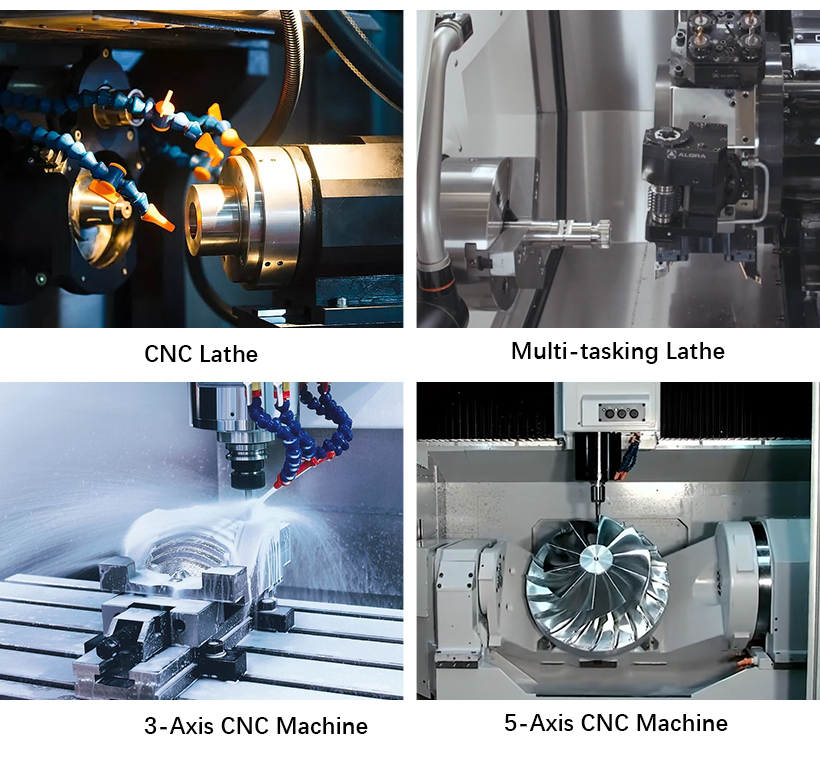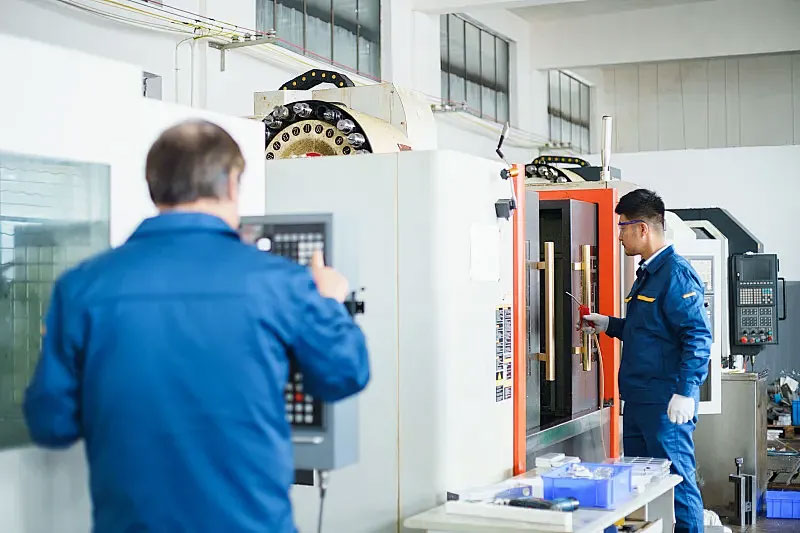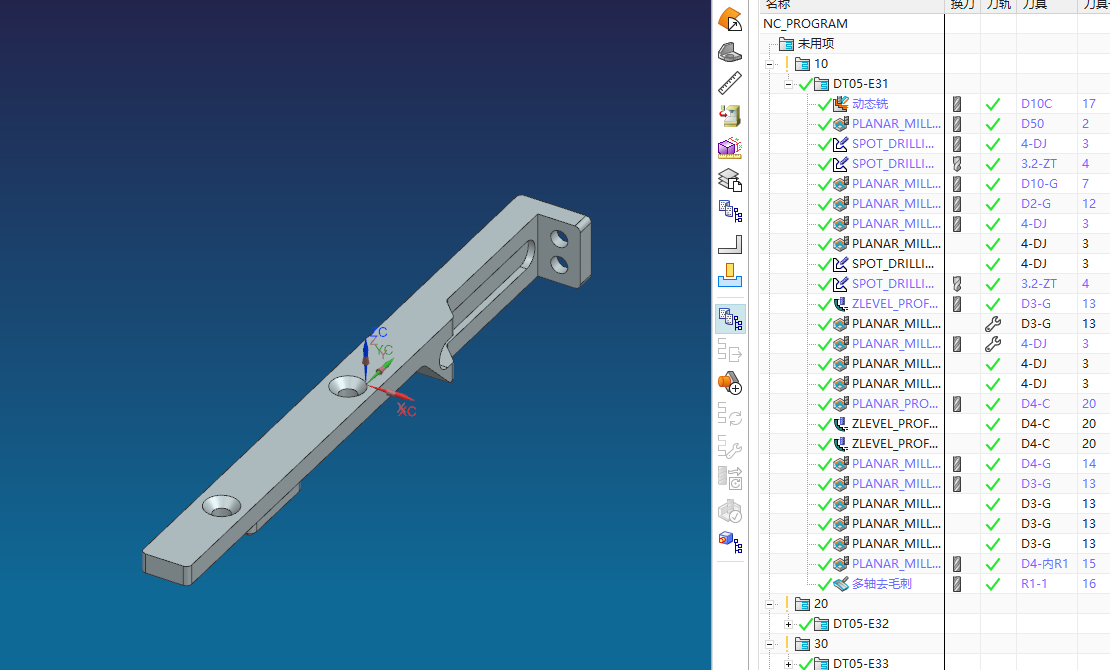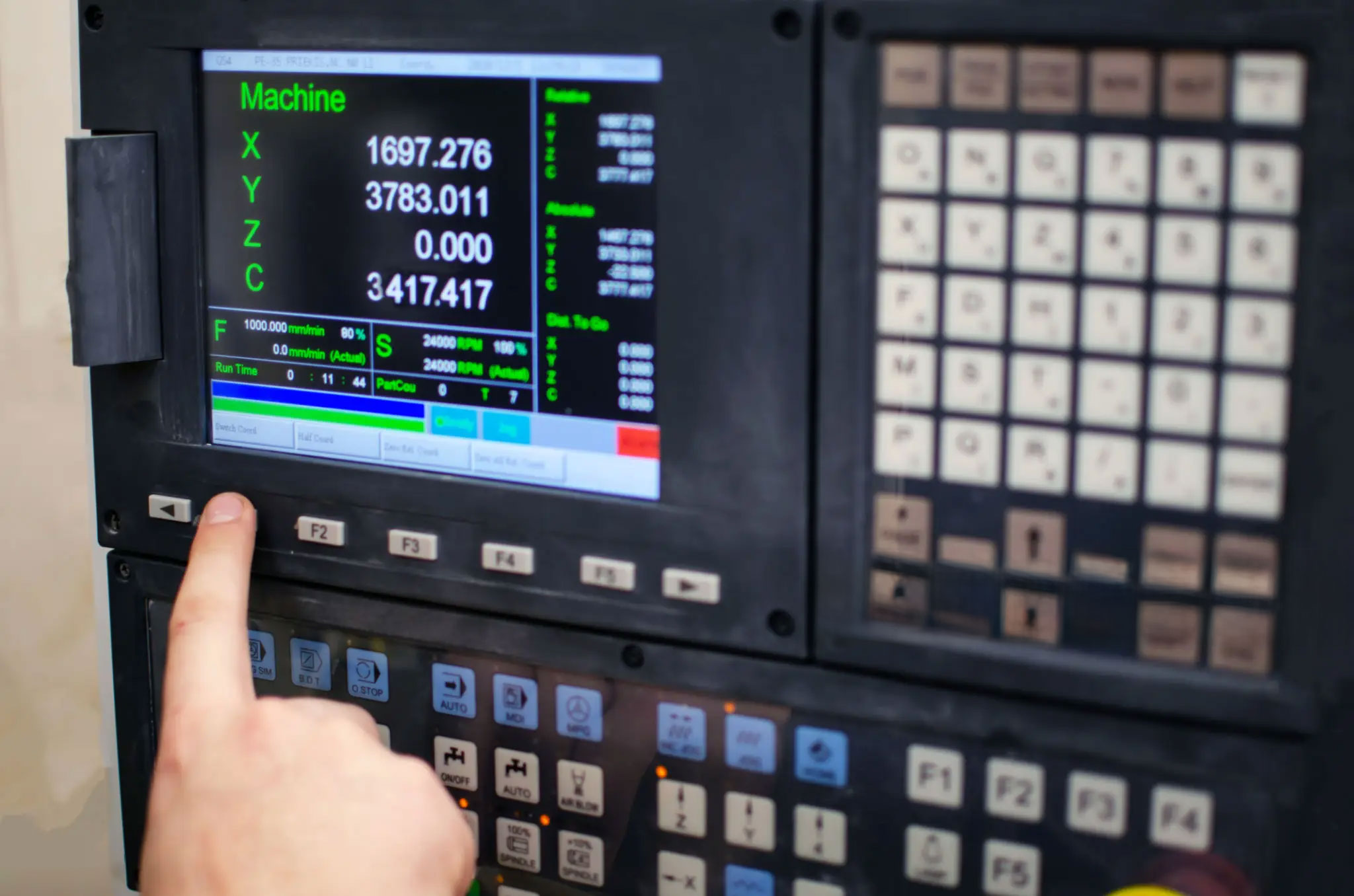Mastering CNC Operations: From Machining Fundamentals to Programming Efficiency
Introduction to CNC Machining and Programming

CNC machining, or Computer Numerical Control machining, is at the heart of modern manufacturing. This process uses computer-guided tools to shape and fabricate parts from raw materials with unparalleled accuracy and consistency. As industries demand higher precision and faster production times, CNC machining provides a solution that exceeds the capabilities of traditional manual methods.
What is CNC Machining?

CNC, or Computer Numerical Control, machining is a manufacturing process that uses computer-guided tools to shape and fabricate parts from raw materials. These machines, like mills and lathes, interpret precise instructions from computer programs, often generated using Computer-Aided Design (CAD) and Computer-Aided Manufacturing (CAM) software, to control cutting tool movements, speeds, and feed rates. This automation leads to unparalleled accuracy and repeatability, ensuring consistent, high-quality production, even for complex geometries.
The Role of CNC Programming
CNC programming is the critical step that empowers manufacturers to harness the full potential of CNC machines. It involves creating the detailed instructions (often in G-code and M-code) that tell the machine how to perform its operations. These instructions specify tool movements, cutting speeds, feed rates, and other crucial parameters, ensuring accurate and repeatable part manufacturing.
Key Concepts in CNC Programming
- G-Code and M-Code: G-code defines geometric movements, telling the machine where to go, while M-code controls miscellaneous functions, such as spindle rotation and coolant activation.
- CAD/CAM Software: CAD software creates digital models, and CAM software translates these models into the machining instructions required by the CNC machine. This seamless integration enhances accuracy and efficiency.(For detailed guidelines on preparing vector blueprints (DXF files) used in CNC programming, refer to our guide on Preparing DXF Files for CNC Machining.)
- Toolpaths and Optimization: CNC programmers define the toolpaths, or routes the cutting tools will follow, optimizing them for efficiency and minimizing waste.
- Simulation: CAM software allows for simulation of the machining process, enabling programmers to identify and correct potential errors before they occur on the actual machine, saving time and preventing costly mistakes.
Understanding CNC Mill Programming

In CNC mill programming, the goal is to create the most efficient tool path that minimizes machining time while ensuring quality. A CNC mill uses rotating tools to remove material from a workpiece. The programmer creates a path that the tool will follow to shape the part, defining key parameters such as cutting speeds, tool type, and depth of cut.

When setting up the machine, the programmer considers factors such as material hardness, desired surface finish, and the complexity of the part. Modern CAM software plays a key role by providing simulations and optimizing tool paths, which reduces machine wear and increases productivity. Commonly used programs include Mastercam, Fusion 360, and SolidCAM.
CNC Lathe Programming: Common Problems and Solutions

CNC lathe programming involves programming machines that rotate a workpiece against a fixed cutting tool, typically to produce cylindrical parts. However, CNC lathe programming can sometimes present challenges, such as incorrect tool offsets, incorrect spindle speeds, and issues with tool wear. These issues can result in inaccuracies, such as oversized or undersized parts, poor surface finishes, or even tool breakage.
To address these issues, here are some practical solutions:
- Tool Offsets: Ensure tool offsets are correctly entered to avoid dimensional errors.
- Spindle Speed: The Double-check spindle speeds for each material to avoid excessive tool wear or poor cutting performance.
- Simulation: Utilize simulation software to identify potential problems in the tool path or programming before running the machine.
By addressing these issues early in the programming stage, the risk of costly mistakes during production can be significantly reduced.
CNC Machining Handbook Building Programming and Implementation
For those looking to deepen their understanding of CNC machining and programming, the CNC Machining Handbook: Building, Programming, and Implementation serves as an invaluable resource. This guide provides comprehensive insights into the theory and practical aspects of CNC operations, including detailed instructions on setting up, programming, and optimizing CNC machines for various tasks.
Whether you're a novice looking to get started or an experienced machinist seeking to fine-tune your skills, this book can serve as a roadmap for best practices in CNC machining.
Tools and Resources for CNC Professionals
For aspiring CNC professionals or those seeking to expand their expertise, there are a variety of tools and resources available:
- Software: Mastercam, Fusion 360, SolidWorks, and SolidCAM are some of the most widely used software programs for CNC programming and design.
- Books: The CNC Machining Handbook is highly recommended for those seeking an in-depth look into the field.
- Online Resources: Websites like CNC Cookbook and Practical Machinist offer forums, tutorials, and articles to stay updated on industry trends.
Utilizing these resources can significantly shorten the learning curve and improve machining efficiency.
CNC Machining for Specific Audiences
- Mechanical Engineers: CNC machining provides the ability to realize complex designs with high precision, pushing the boundaries of what is achievable in product development. Understanding CNC principles and programming is essential for designing parts that are optimized for efficient and cost-effective manufacturing.
- Manufacturers: CNC machining boosts productivity, reduces costs, and enhances quality control, enabling manufacturers to meet evolving demands and produce a wide range of products efficiently. Investment in CNC machines and skilled programmers is crucial for staying competitive.
- Technical Enthusiasts: The availability of desktop CNC machines has made this technology accessible to hobbyists and makers, allowing them to create intricate projects and explore the exciting world of precision manufacturing.
Looking Ahead: Trends and Predictions
- Increased Automation and Robotics: CNC machines are becoming increasingly automated, with robots assisting with tasks like material loading and tool changes, boosting efficiency and productivity.
- AI Integration: AI is revolutionizing design, process optimization, and predictive maintenance in CNC machining, leading to more efficient and adaptable manufacturing processes.
- Sustainability and Materials: The industry is shifting towards eco-friendly materials and sustainable manufacturing practices, reducing waste and minimizing environmental impact.
Conclusion
CNC machining and programming are transforming the manufacturing landscape, offering a powerful combination of precision, efficiency, and versatility. By embracing these technologies and staying abreast of the latest advancements, mechanical engineers, manufacturers, and technical enthusiasts can unlock new possibilities, enhance their capabilities, and contribute to the evolution of modern manufacturing.




